In a significant blow to the independent gaming community, acclaimed developer Heart Machine has announced that it will end active development on its ambitious project Hyper Light Breaker and lay off a portion of its team. The move comes amid mounting financial pressures and an increasingly difficult market for mid-sized studios trying to compete in a rapidly evolving global gaming industry.
Heart Machine, best known for its 2016 hit Hyper Light Drifter and the 2021 adventure Solar Ash, has long been admired for its artistic storytelling, emotional depth, and distinctive visual style. But with Hyper Light Breaker, the studio attempted to take its most daring creative leap yet — one that, in the end, proved too heavy a burden to sustain.
The Rise and Fall of an Ambitious Project
Hyper Light Breaker was conceived as a bold reimagining of Heart Machine’s artistic universe. While Hyper Light Drifter captivated players with its minimalist storytelling and pixel-art landscapes, Breaker sought to transition the series into a fully 3D, open-world action roguelike, blending exploration, combat, and cooperative play in a procedurally generated environment.
The project entered Early Access earlier this year, drawing attention for its potential to expand the Hyper Light universe. However, it quickly became apparent that the shift from a small-scale, 2D experience to a large, systemic 3D world presented major challenges. Early Access players praised its ambition but voiced concerns over technical performance, inconsistent gameplay, and incomplete features.
For an independent studio with limited resources, the technical and financial strain of maintaining such a project proved immense.
A Difficult Decision and the Human Cost
Heart Machine’s leadership confirmed that it had made the painful choice to halt active development on Hyper Light Breaker and reduce its workforce. The statement from the studio reflected deep regret, acknowledging the emotional toll the decision would have on its employees and its passionate fanbase.
The layoffs will affect multiple departments across the studio, though Heart Machine did not disclose specific numbers. Team members affected by the cuts were described as “integral to the heart and spirit” of the studio’s work.
Heart Machine stated that it will release one final update to Hyper Light Breaker aimed at stabilizing gameplay and delivering a more complete experience before officially ending development. After that, the project will no longer receive major updates or expansions.
The studio emphasized that the decision was “not the outcome anyone wanted, but the only realistic path forward.”
Economic Challenges Facing Indie Developers
Heart Machine’s struggles are part of a broader crisis affecting independent game developers in 2025. The industry has seen a wave of layoffs, studio closures, and project cancellations over the past year, driven by escalating development costs, reduced investor confidence, and an oversaturated market.
Developers increasingly face a “scale paradox” — players expect indie games to deliver the depth, polish, and visual quality of big-budget titles, yet most small studios lack the funding or manpower to meet those standards.
The transition to Hyper Light Breaker’s 3D open world demanded complex systems for physics, AI, and multiplayer infrastructure — all of which significantly increased production costs. Combined with the need for continuous updates and server maintenance, the financial burden grew unsustainable.
Furthermore, the Early Access model — once hailed as a lifeline for small studios — has become a double-edged sword. It provides early revenue and player feedback, but it also exposes a project’s weaknesses to the public and can create pressure to meet unrealistic expectations long before development is complete.
The Emotional Fallout
The decision to end development has left many within the gaming community disheartened. Heart Machine’s creative director, known for championing artistic integrity and emotional storytelling, expressed sorrow at the layoffs and the studio’s struggles but reaffirmed a commitment to its core creative vision.
For fans, the cancellation of Hyper Light Breaker marks not only the end of a promising project but also a symbolic moment — a reminder of how fragile creative independence can be in an industry increasingly dominated by major publishers and corporate consolidation.
Industry peers have voiced support for Heart Machine, noting that the studio’s work has inspired countless developers and players worldwide. Many have called for greater systemic support for independent developers, including better funding mechanisms, fairer revenue shares, and sustainable production models.
A Legacy That Endures
Despite the setback, Heart Machine remains a respected voice in modern game development. The studio’s previous titles, particularly Hyper Light Drifter, remain celebrated for their artistry, sound design, and ability to tell stories through atmosphere rather than dialogue.
Even as it scales down operations, the studio has expressed determination to continue creating games — albeit on a smaller scale. The company’s leadership suggested that future projects would likely focus on more contained experiences rather than large-scale multiplayer worlds.
This recalibration may ultimately help Heart Machine return to the strengths that made it a standout in the first place: emotionally resonant worlds, unique aesthetics, and deeply personal storytelling.
Lessons from the Hyper Light Breaker Experience
Heart Machine’s story serves as a cautionary tale about the volatile balance between creative ambition and economic survival in the gaming world. As development tools evolve and player expectations rise, even established indie studios must navigate unprecedented complexity and competition.
The case also highlights a growing divide between small studios and massive corporate publishers, who often dominate marketing channels, distribution platforms, and investor attention. Without stronger support structures — such as public funding programs or more equitable digital store policies — many talented developers risk being pushed out of the industry altogether.
Still, there remains hope that the independent scene’s resilience and creativity will endure. Studios like Heart Machine continue to inspire new voices in game development, proving that artistry and vision can shine even amid financial and logistical adversity.
Conclusion
The end of Hyper Light Breaker is both a creative and emotional loss, but it also underscores the harsh realities of game production in today’s environment. Heart Machine’s courage to take risks, even in the face of uncertainty, embodies the spirit that made the indie movement a defining force in modern gaming.
As the studio looks ahead, its legacy remains one of bold experimentation, aesthetic mastery, and heartfelt storytelling. While Breaker may not reach its original vision, its journey — and the lessons learned — will undoubtedly influence how Heart Machine and other independent developers approach the next generation of games.

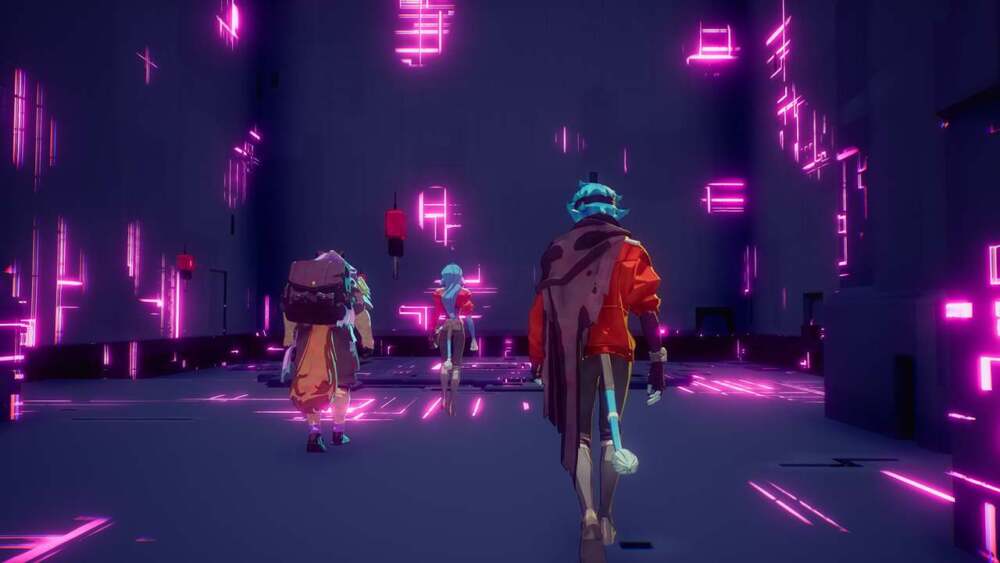

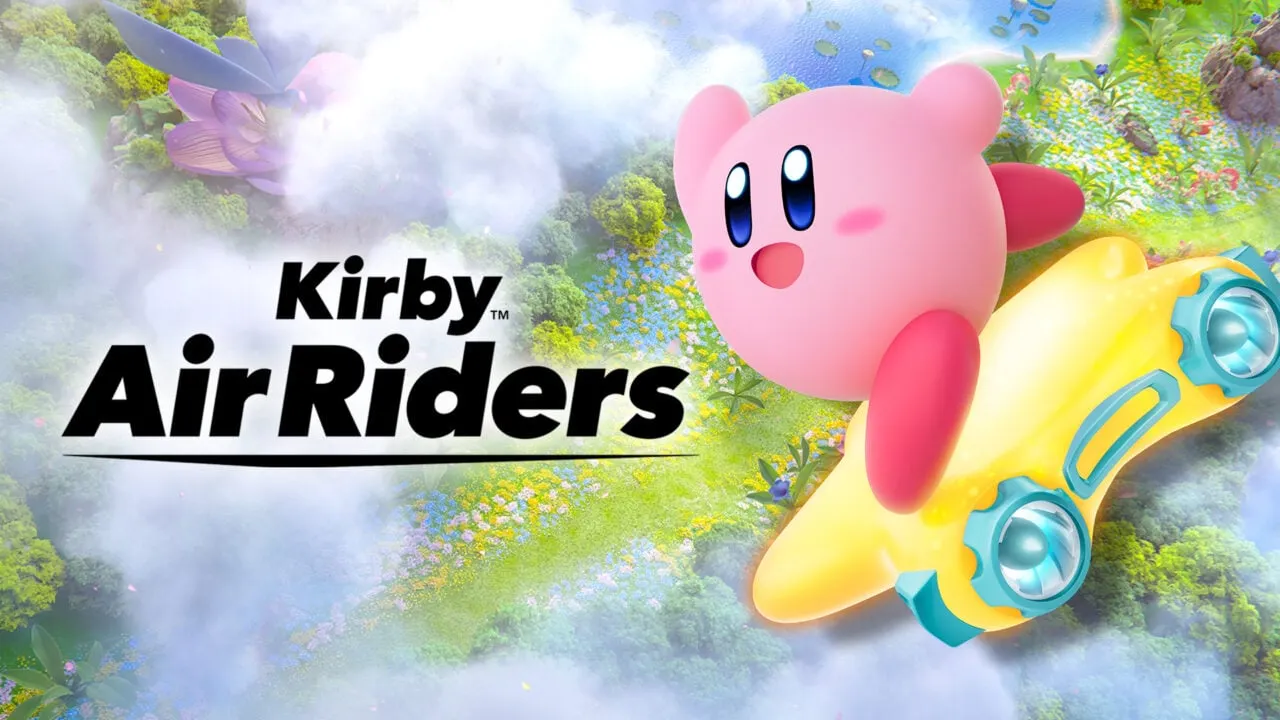
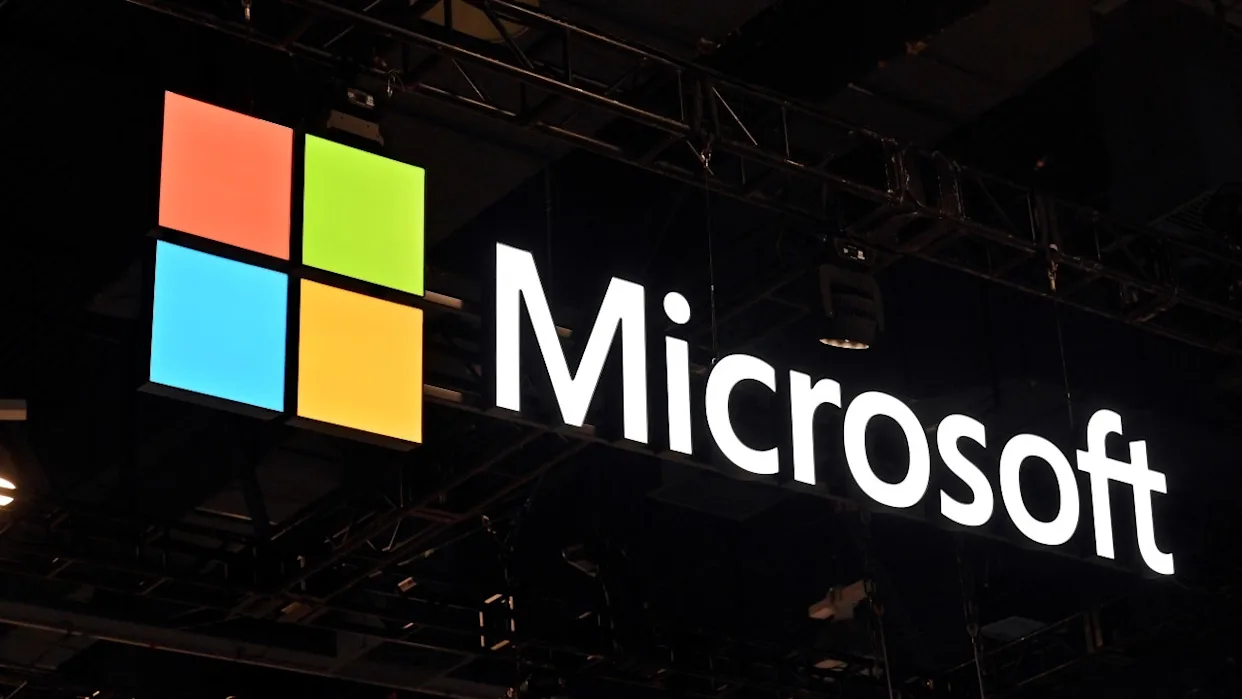





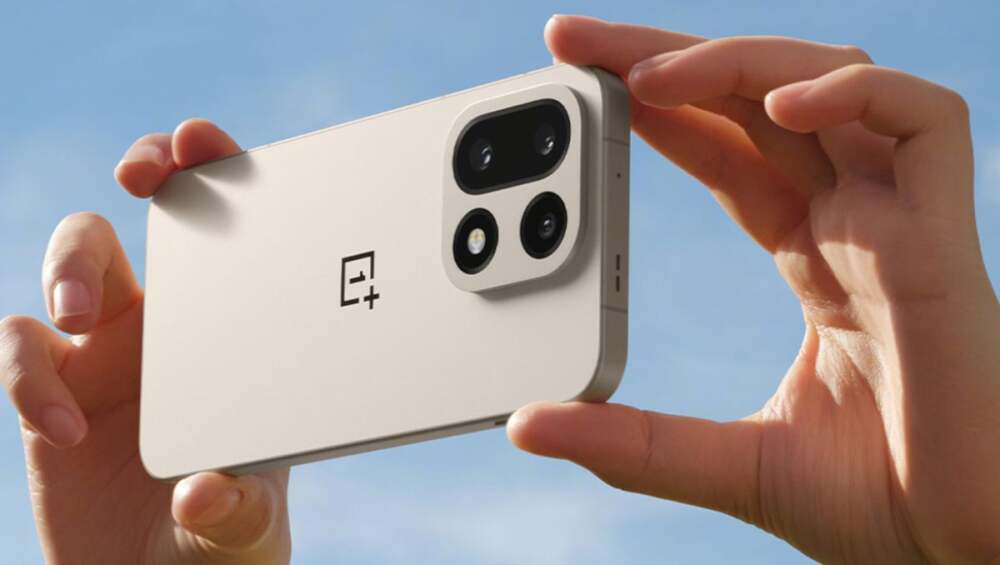
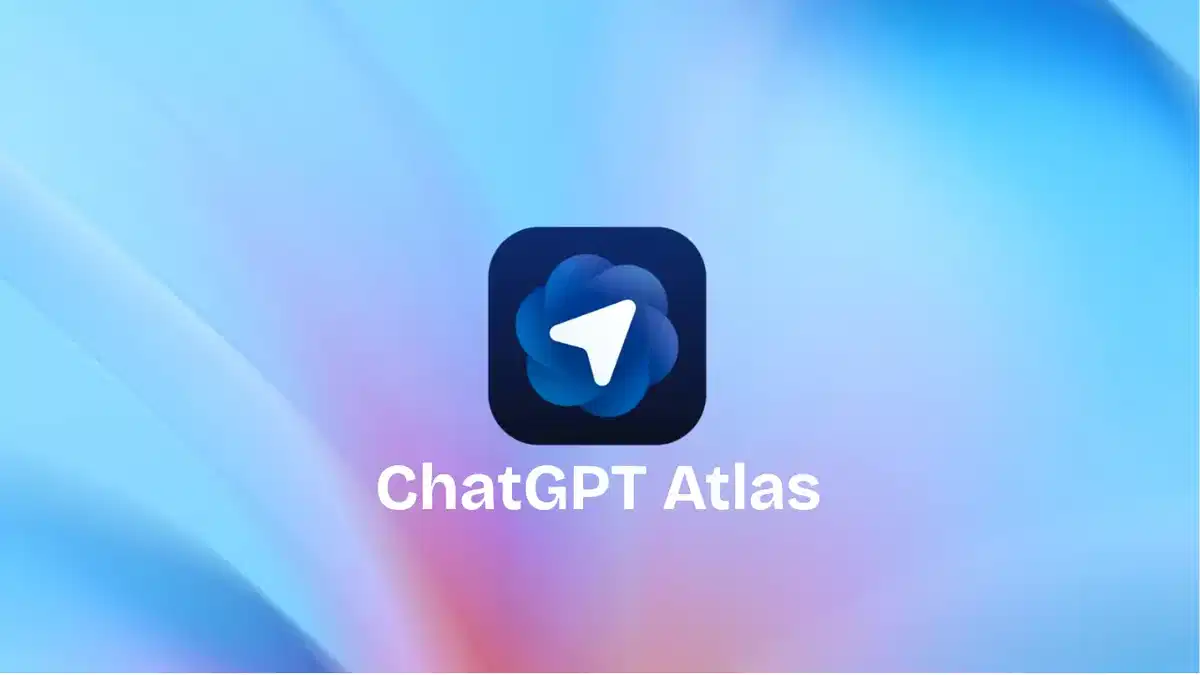




Leave a Reply